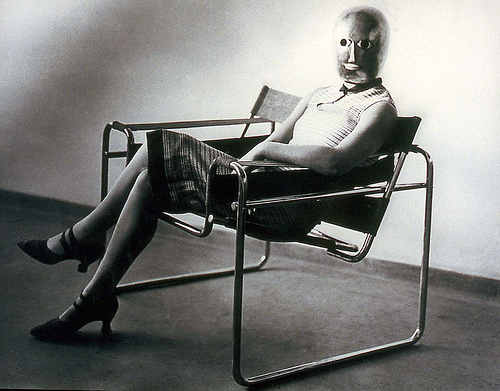
Despite its enormous influence, the Bauhaus was not created as an architecture school, nor did it have an architecture department in the early days. Its foundational goal was to rethink applied arts education and propose an aesthetics that would offer an alternative to 19th-century bourgeois society. The Bauhaus laid the foundations for what we now know as industrial design: where once decorative objects were handmade and unique, with the Industrial Revolution they became endless repetitions of a “model” or design, and their function became a key aspect. With Gropius at the helm, the school ushered in a new aesthetic that could be applied to all the objects we use in our daily lives, and it lay the academic foundations for a new architecture consistent with this new “everyday” aesthetic.













